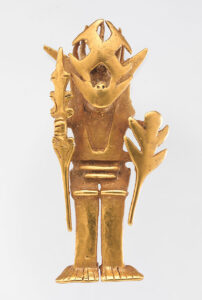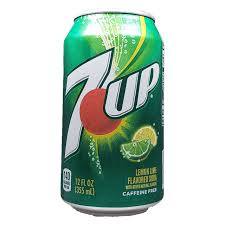Reel Roots: A Century of Cinema Evolution
Argument: In today’s world, cinema and film have become integral parts of everyday life, often overlooked and taken for granted as mere entertainment. As a passionate fan of cinema, I created this digital film archive to educate people about the origins of this art form. I hope that by exploring its history, viewers will gain a deeper appreciation for cinema, understanding its roots and the remarkable progress made over the past century. This project is structured in 10-year increments, starting from 1888 when the first film was created. Each decade page will highlight major technological advancements and recognize key figures who have shaped the film and cinema industry.
Justifications: Intellectually, the project is justified by its focus on providing a nuanced historical perspective on cinema, which is often fragmented or oversimplified in mainstream streams of information distribution. Cinema is a multifaceted art form that has evolved significantly over the past century. This project aims to serve as an educational tool, addressing a gap in public knowledge about the origins and evolution of cinema all the while making the information more accessible and engaging. By selecting pivotal moments and figures, the project seeks to offer a richer, more detailed understanding of how cinema has shaped and been shaped by cultural, technological, and social changes. Practically, the project is designed with user engagement and accessibility in mind. The digital format allows for interactive elements which can further enhance the learning experience that this archive offers. By incorporating videos, images, and sound clips the project can provide a more immersive experience, helping viewers to connect with the material on a deeper level. Additionally, the use of a decade-based structure helps to organize the content logically, making it easier for users to navigate and explore information at their own pace. Balancing rigorous scholarship with engaging digital development, this project aims to create a valuable educational resource for people of all ages and backgrounds. Through careful planning, thoughtful implementation, and ongoing evaluation, the project seeks to make a meaningful contribution to the understanding and appreciation of cinema as a dynamic and influential art form.
Evaluation: The project will be evaluated against a set of predetermined criteria, including the accuracy and relevance to the historical information presented, the quality and impact of the digital design, and the extent to which the project encourages users to engage critically with cinema history. Peer reviews from my peers will also be incorporated to ensure academic rigor and to identify any potential areas for improvement.
Thank you for any and all feedback you have! Looking forward to it 🙂


